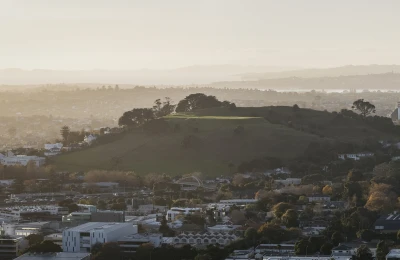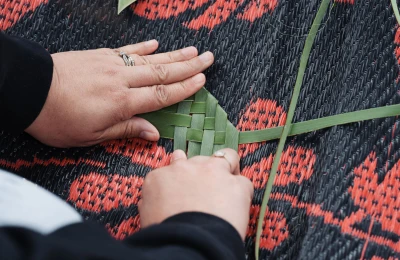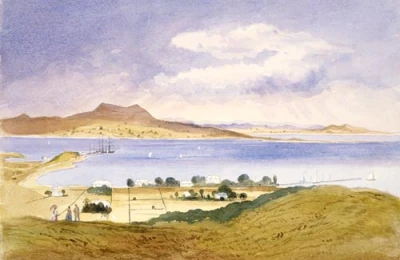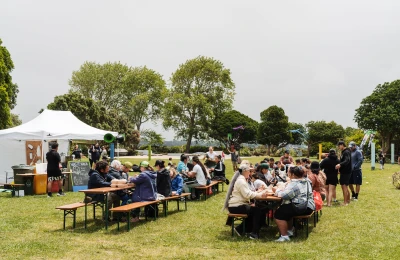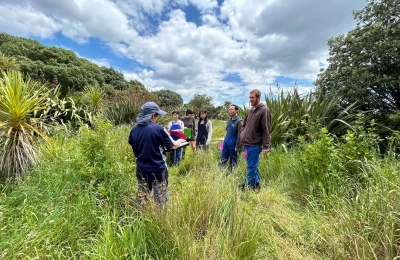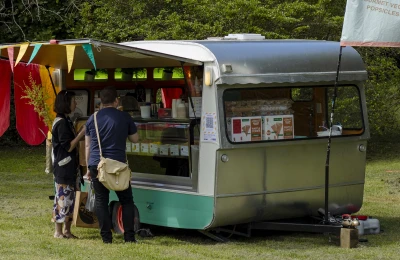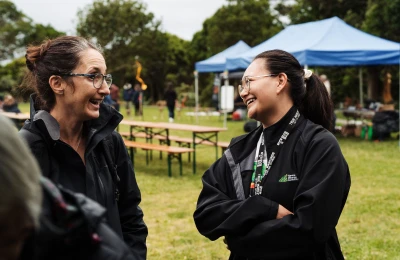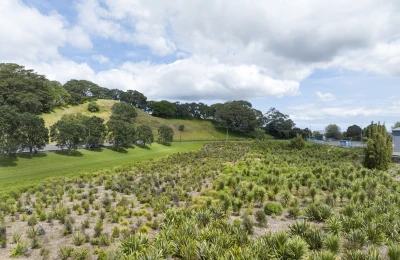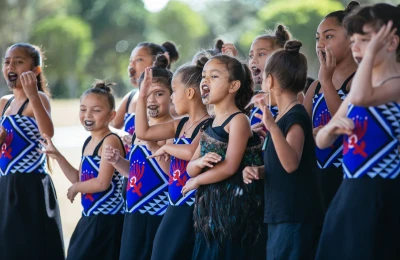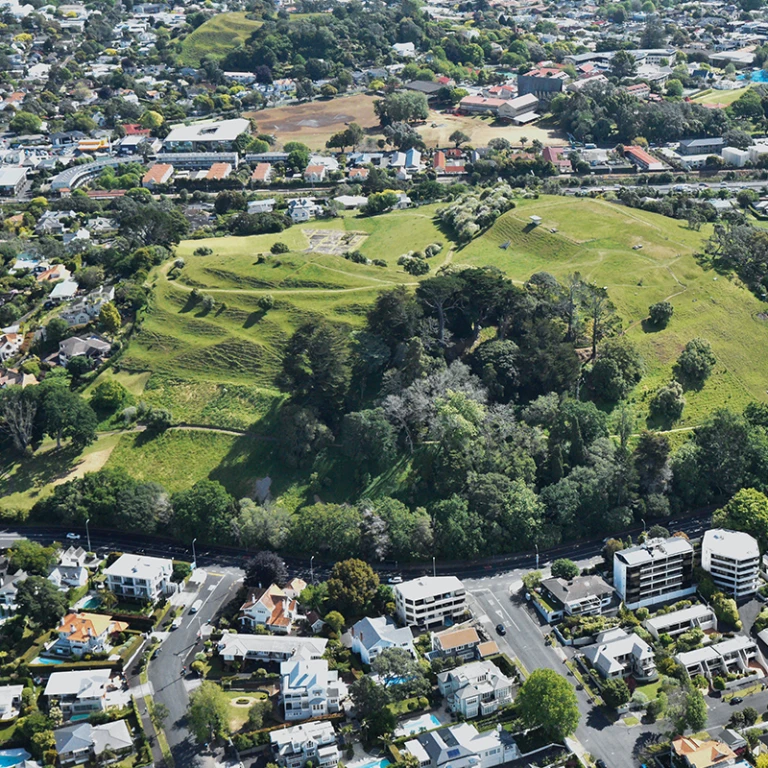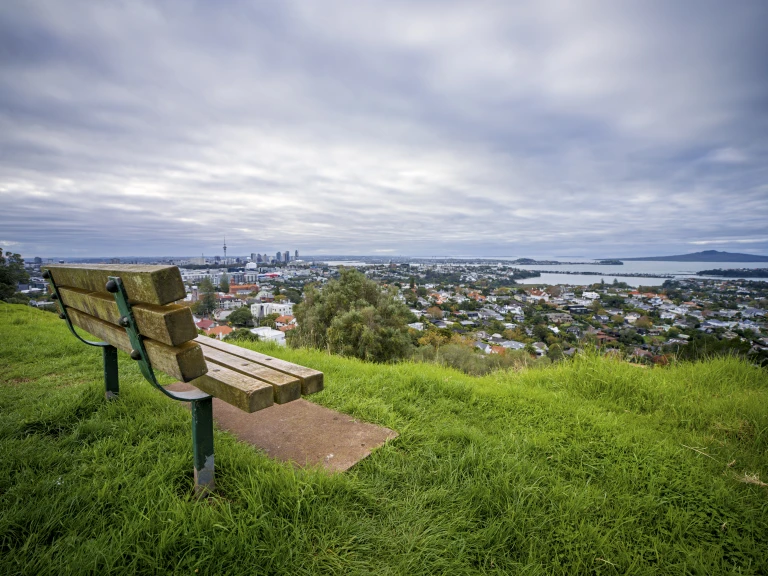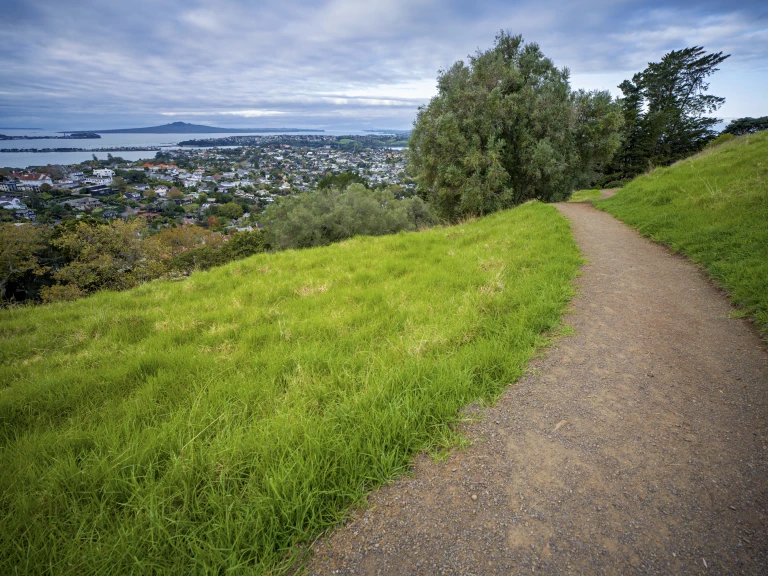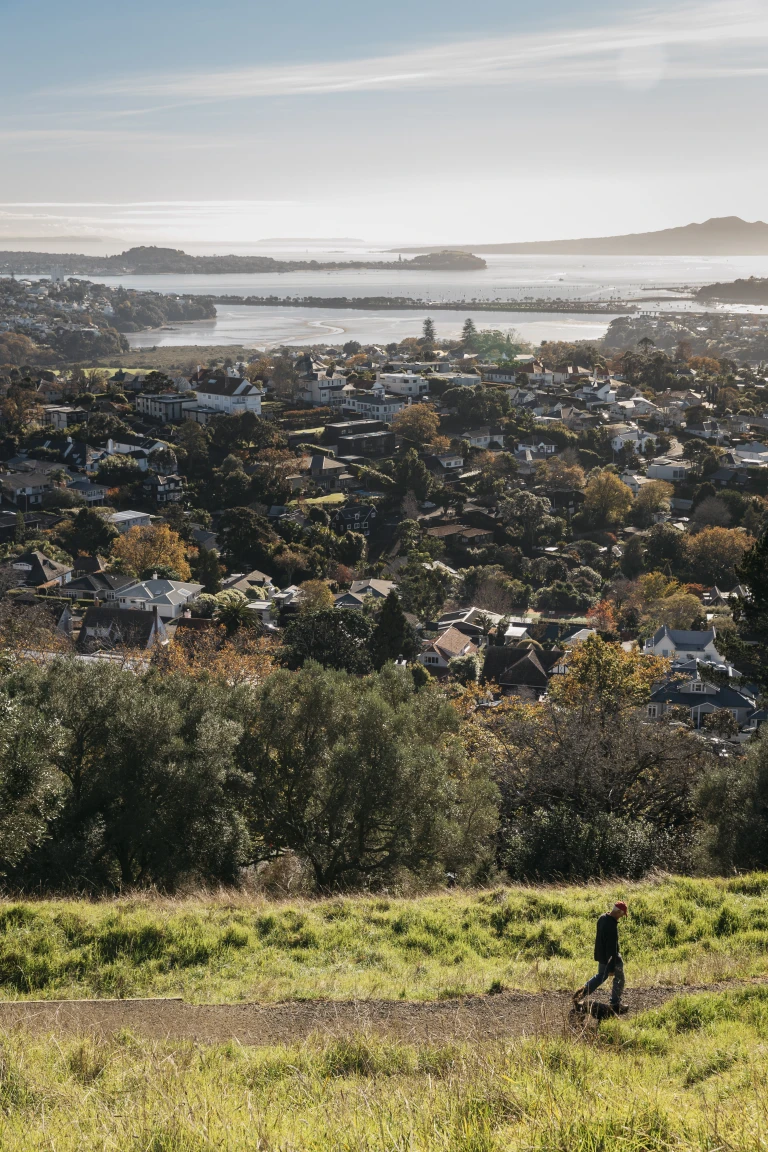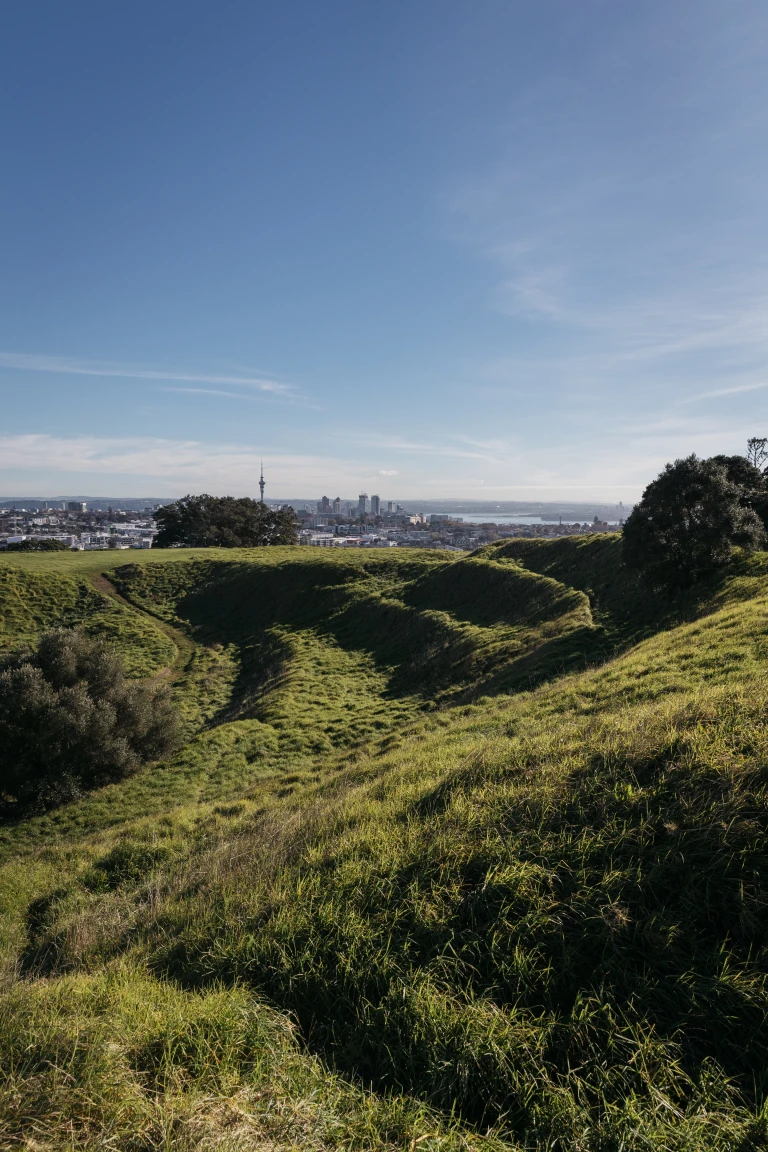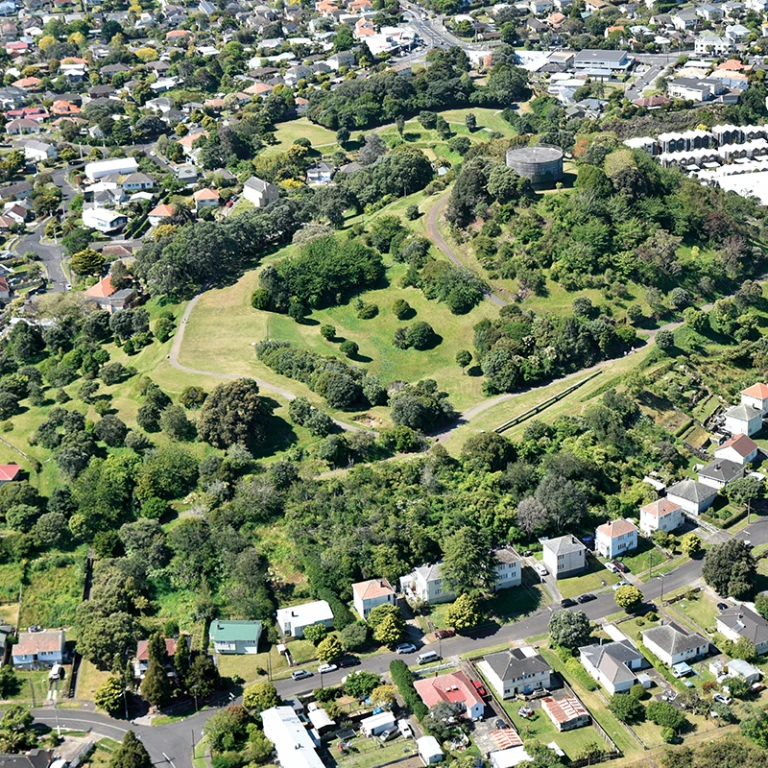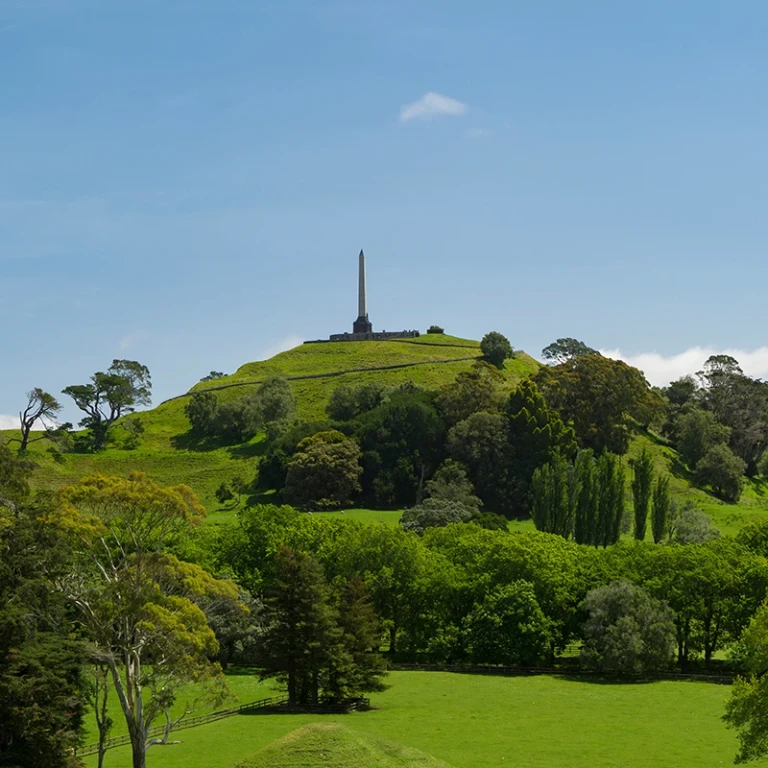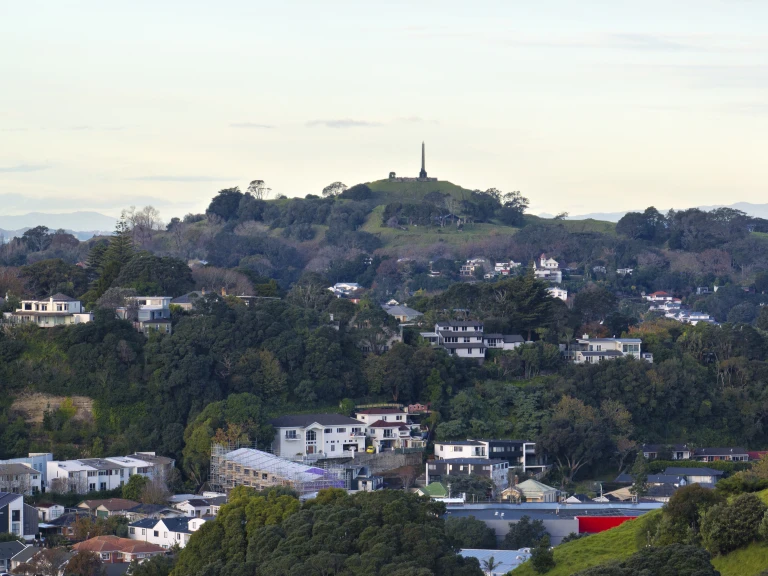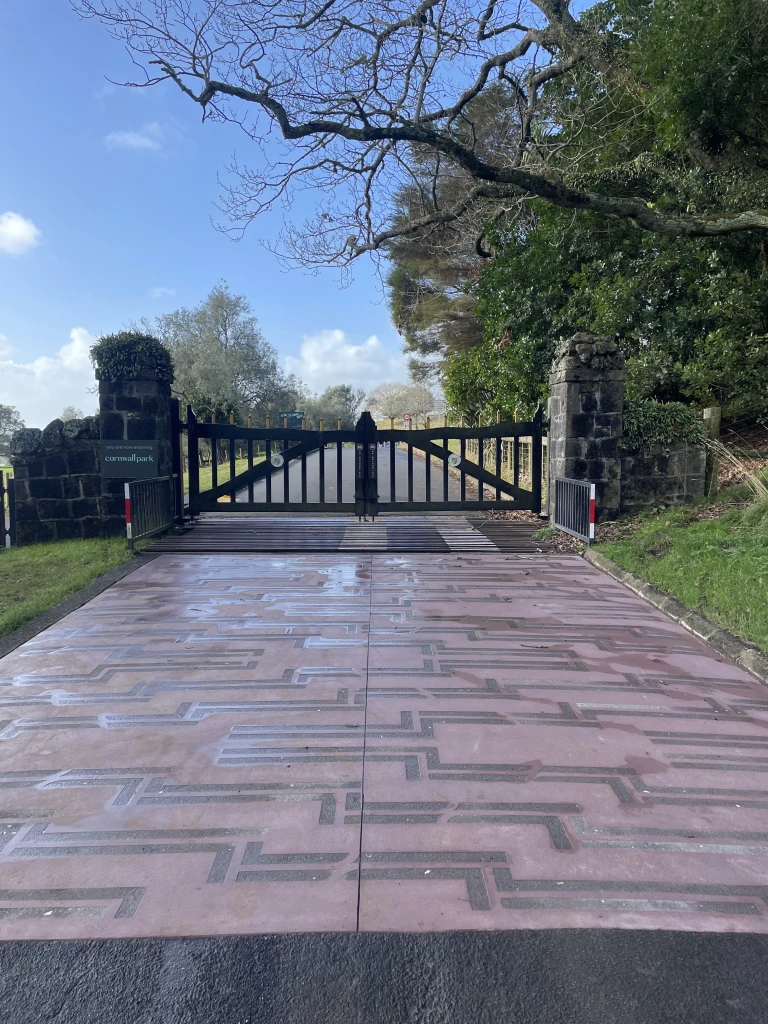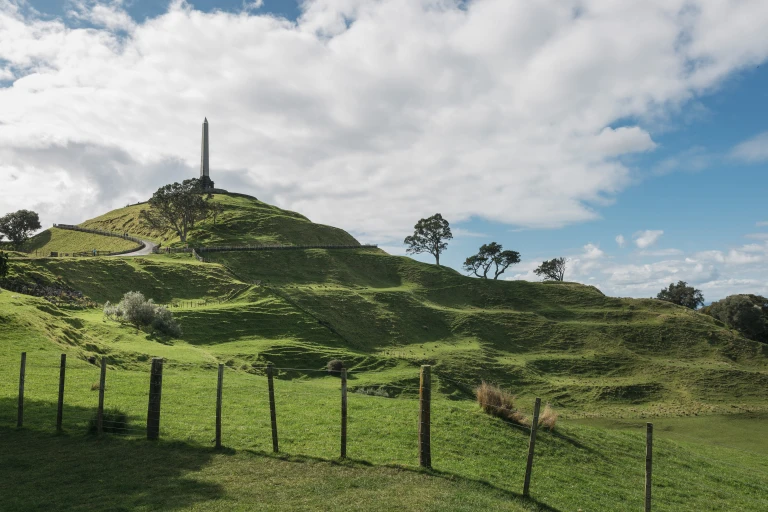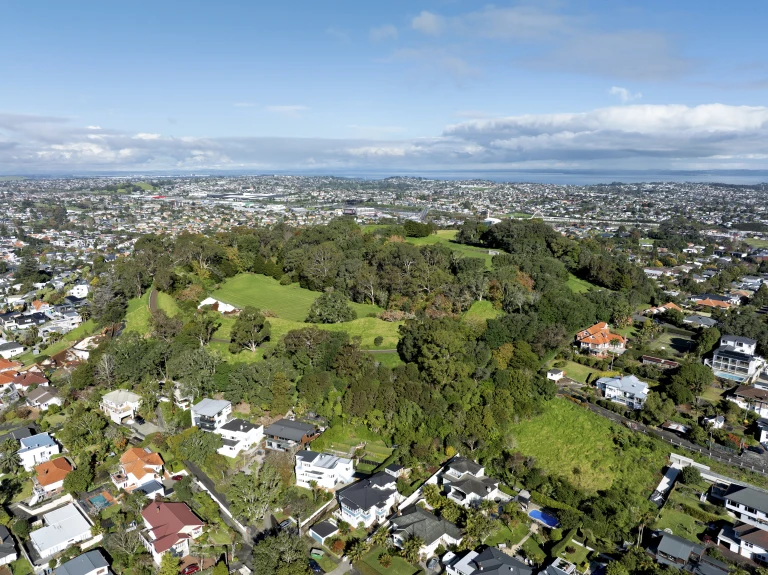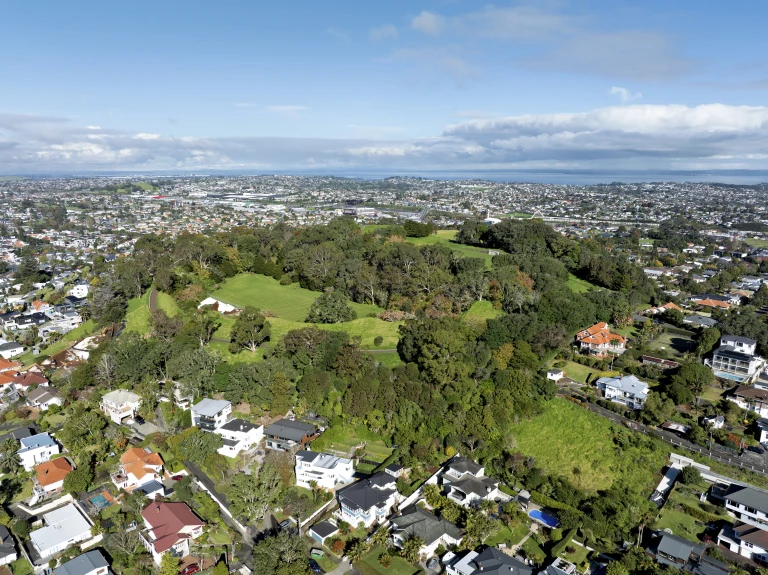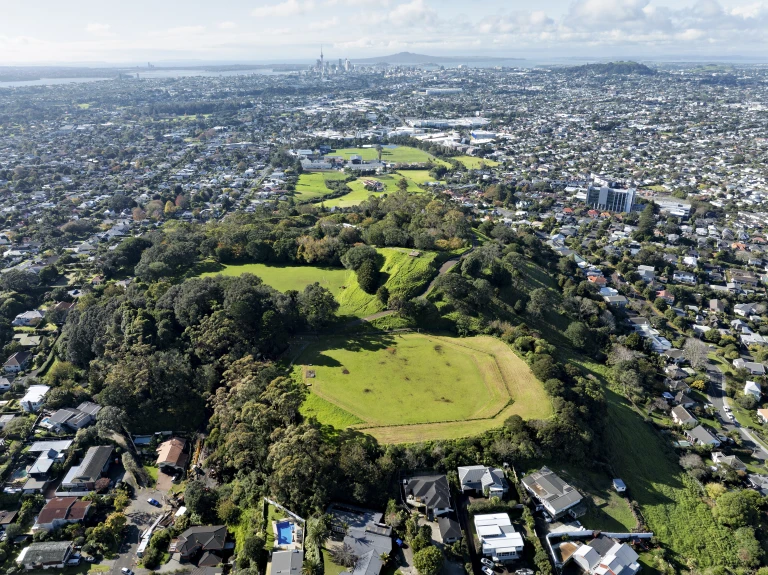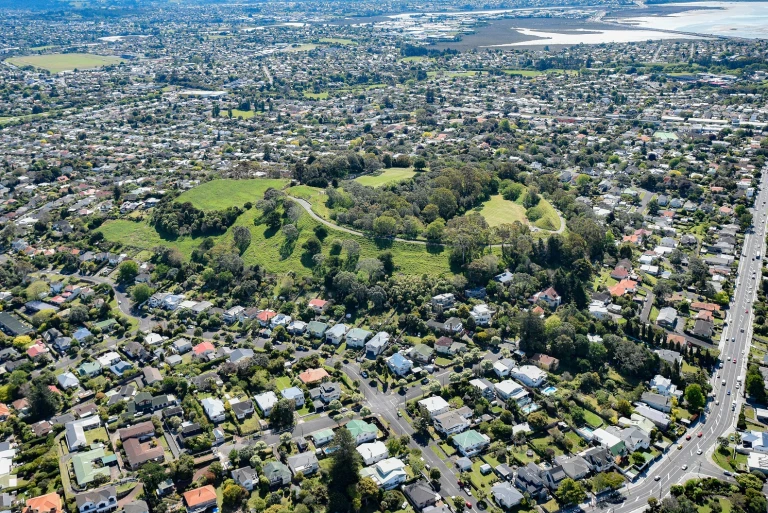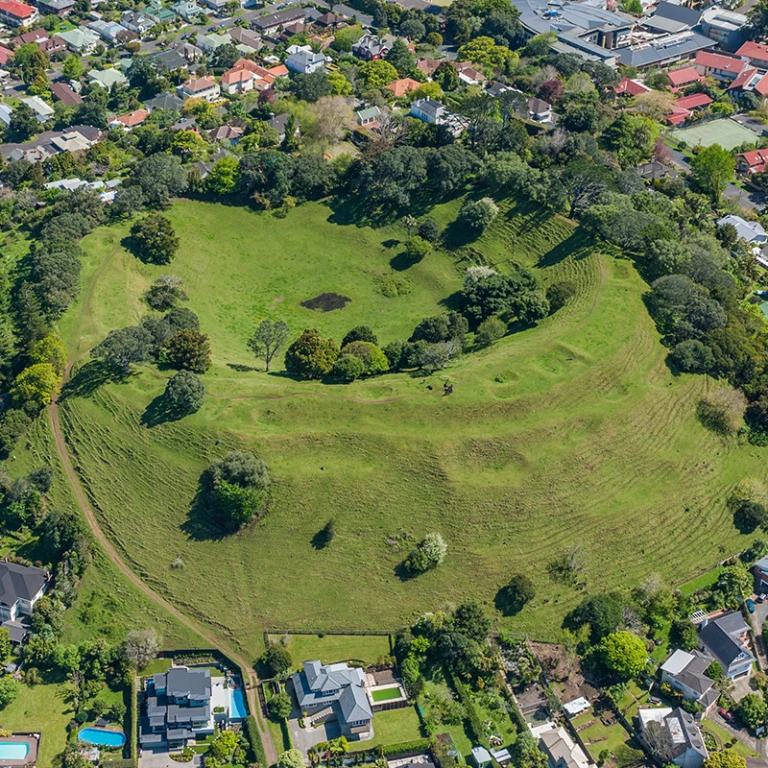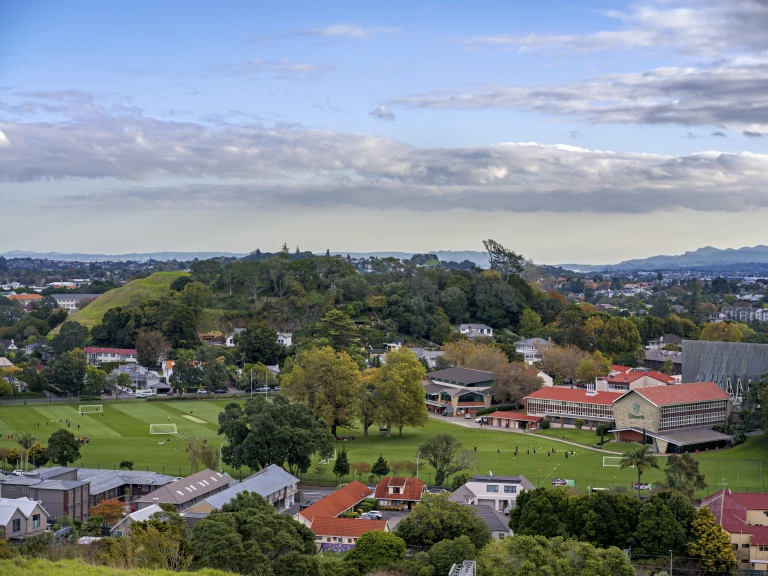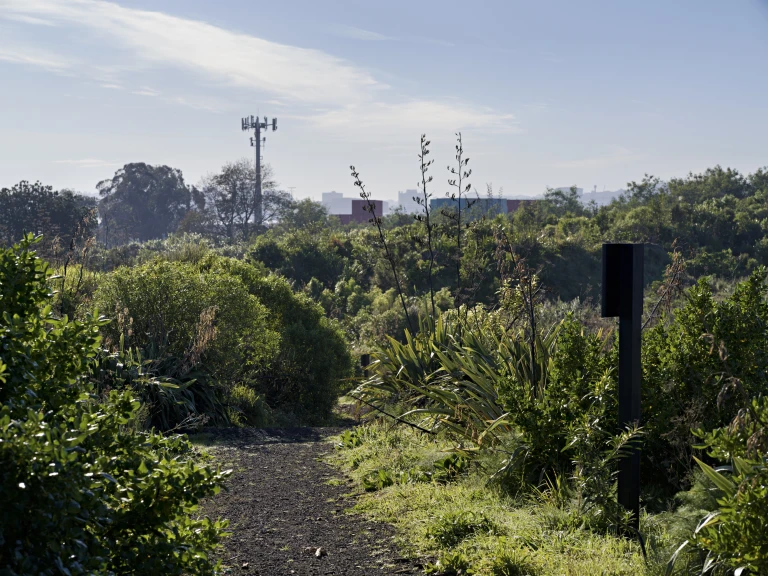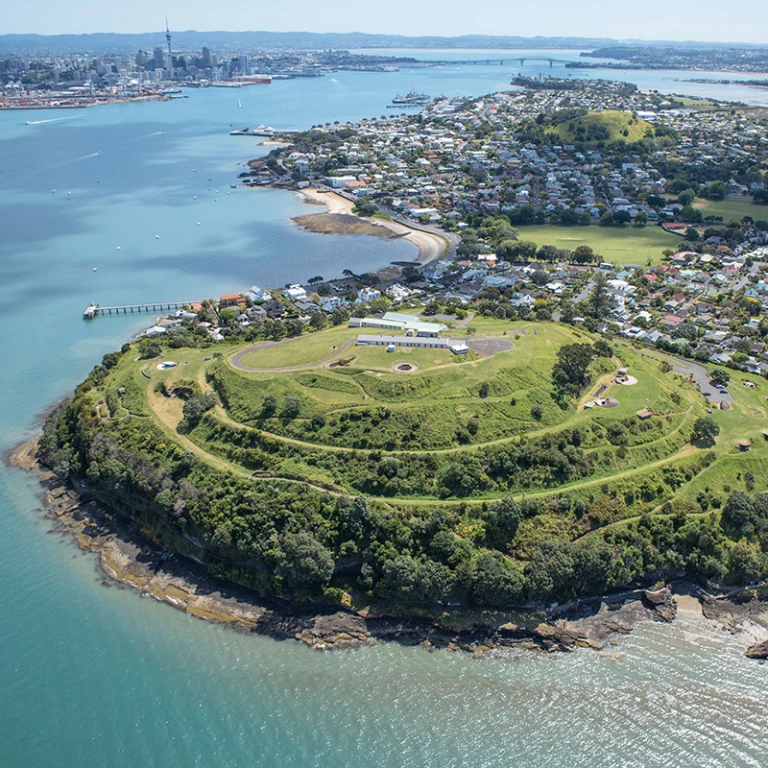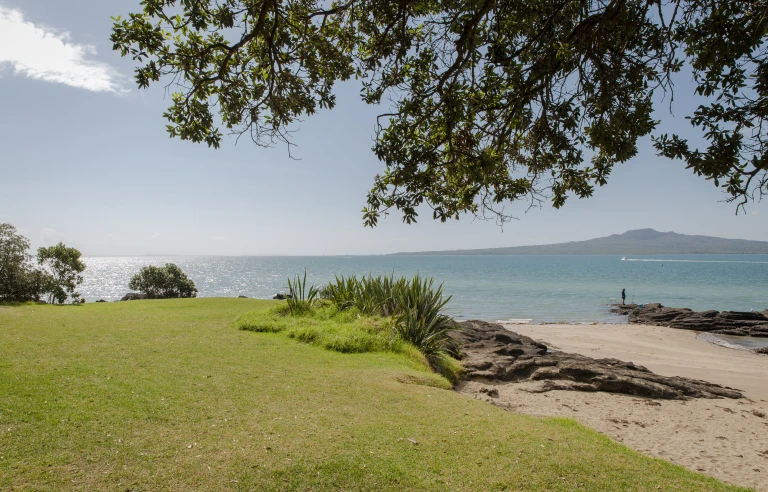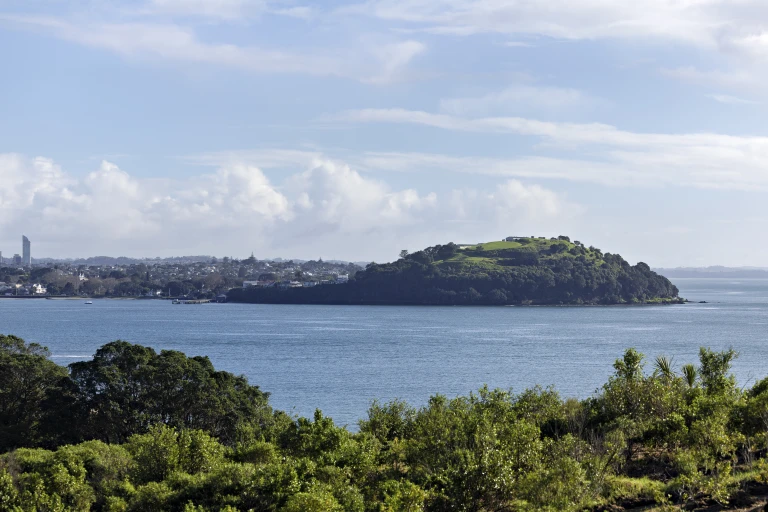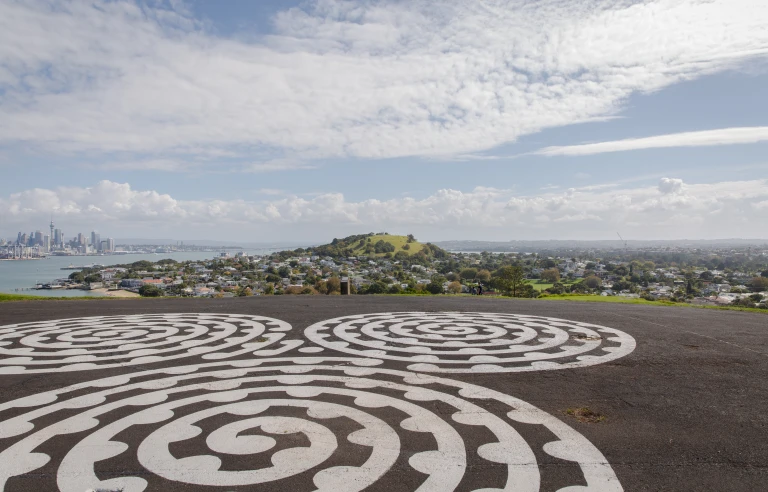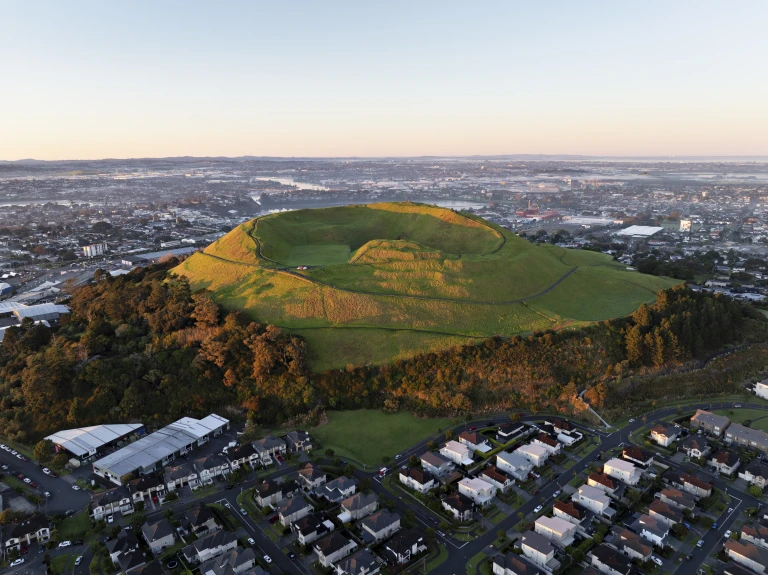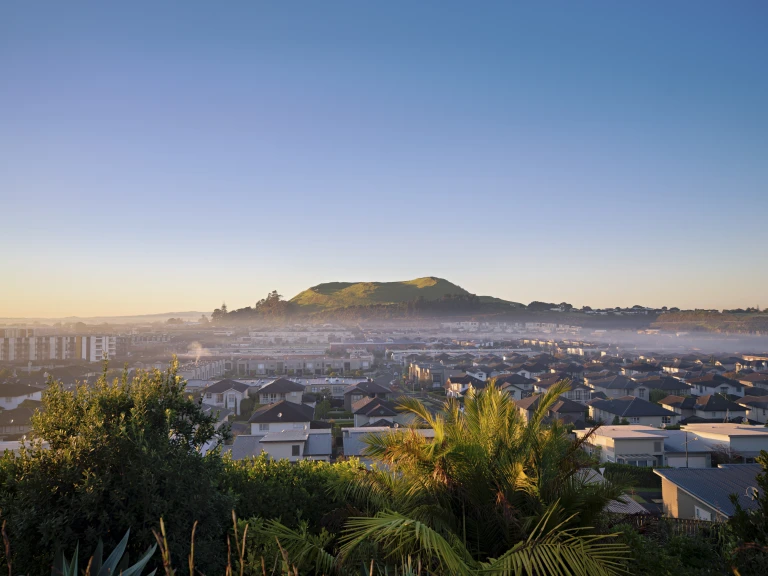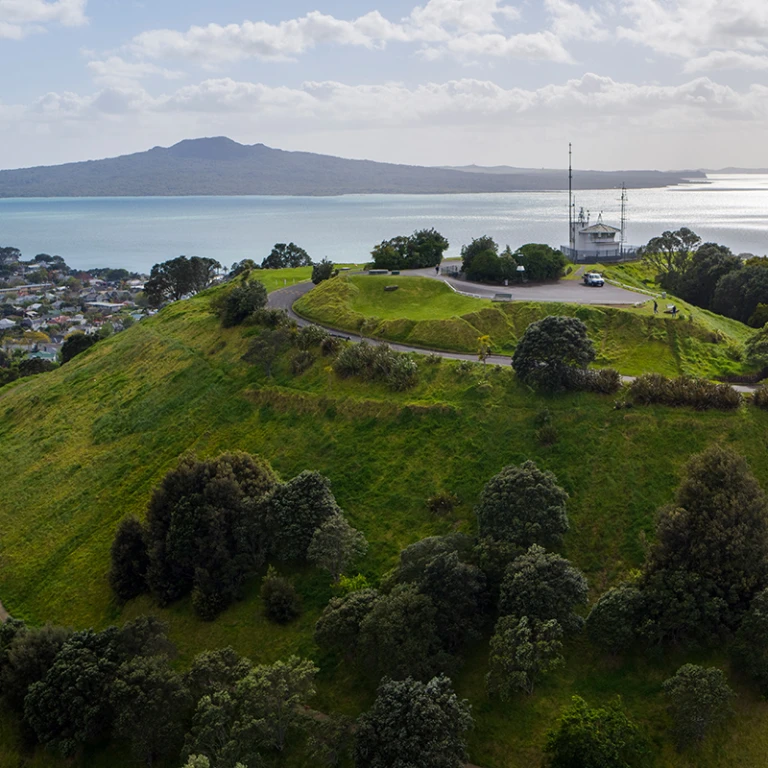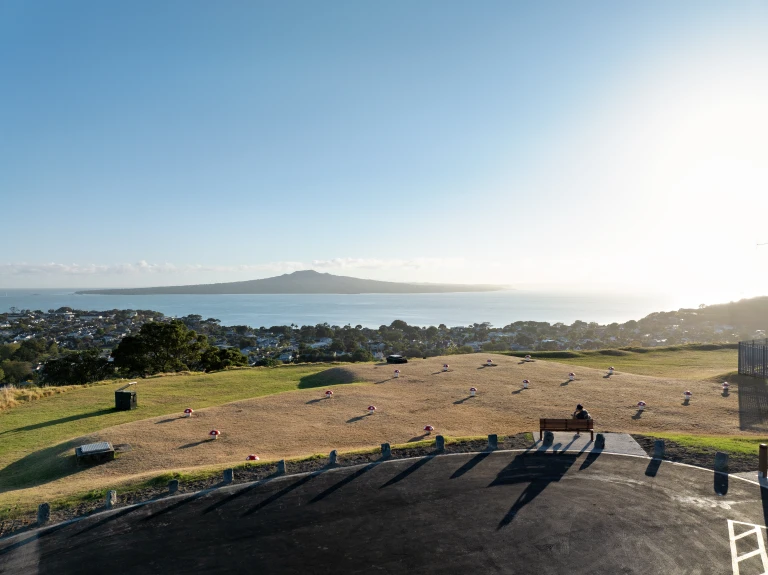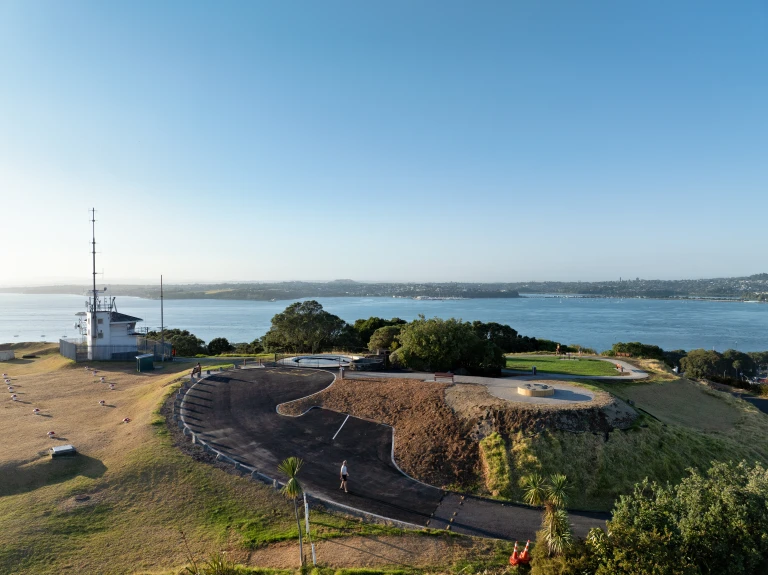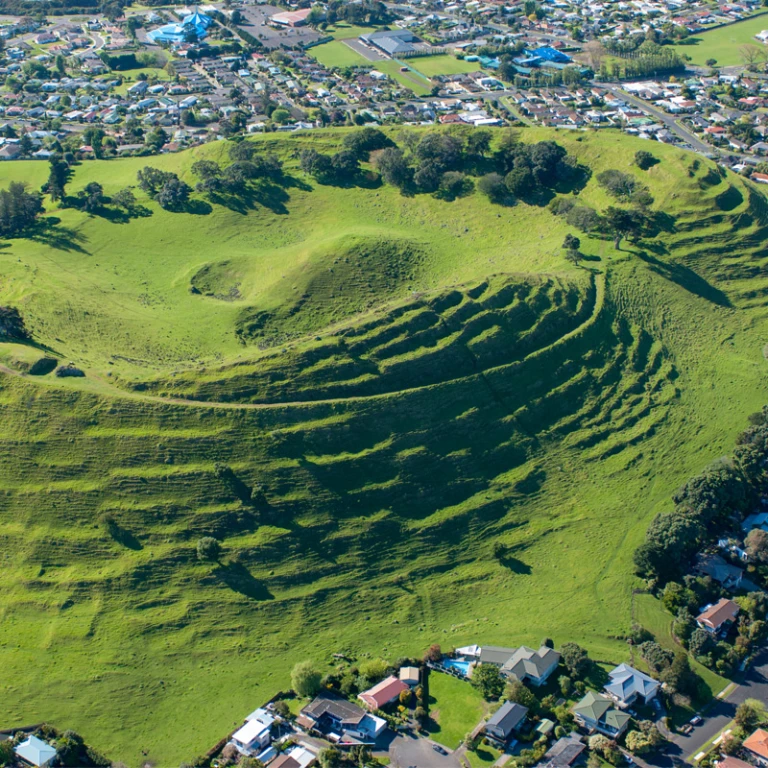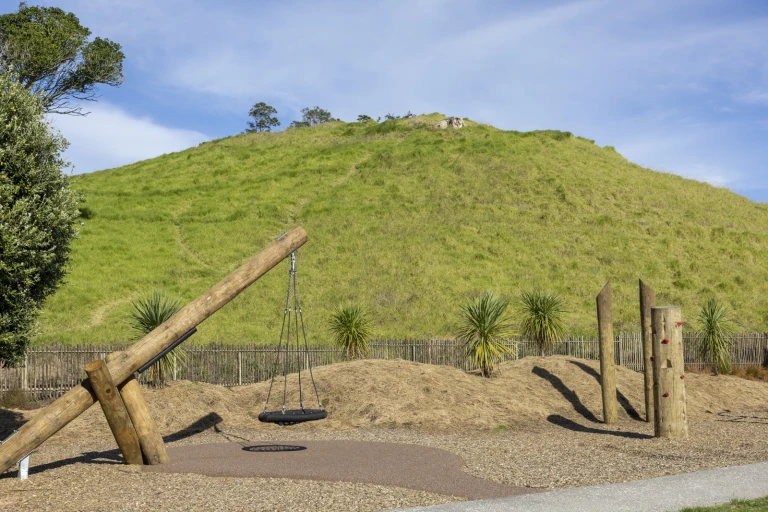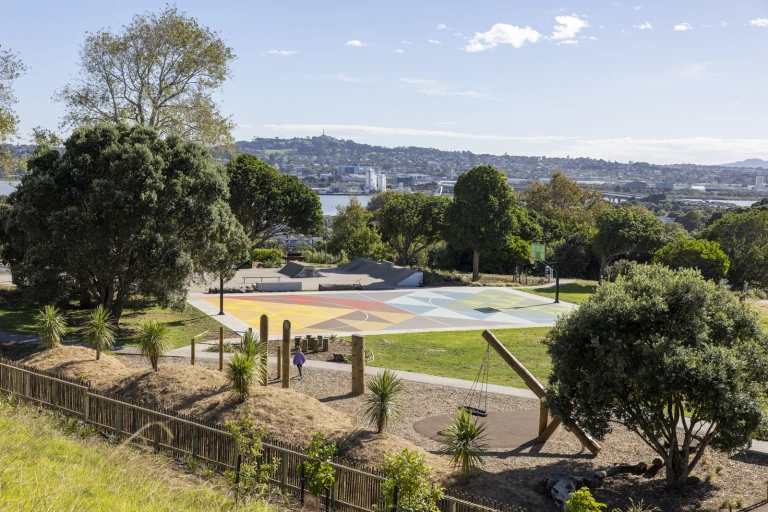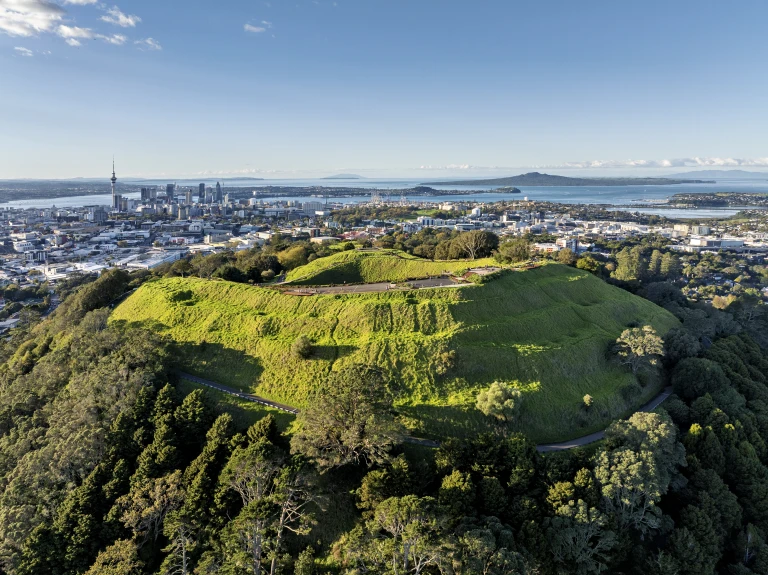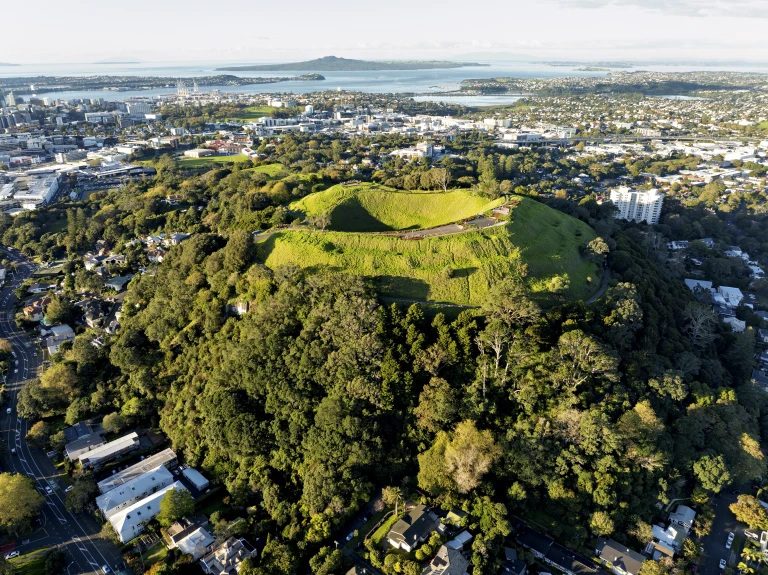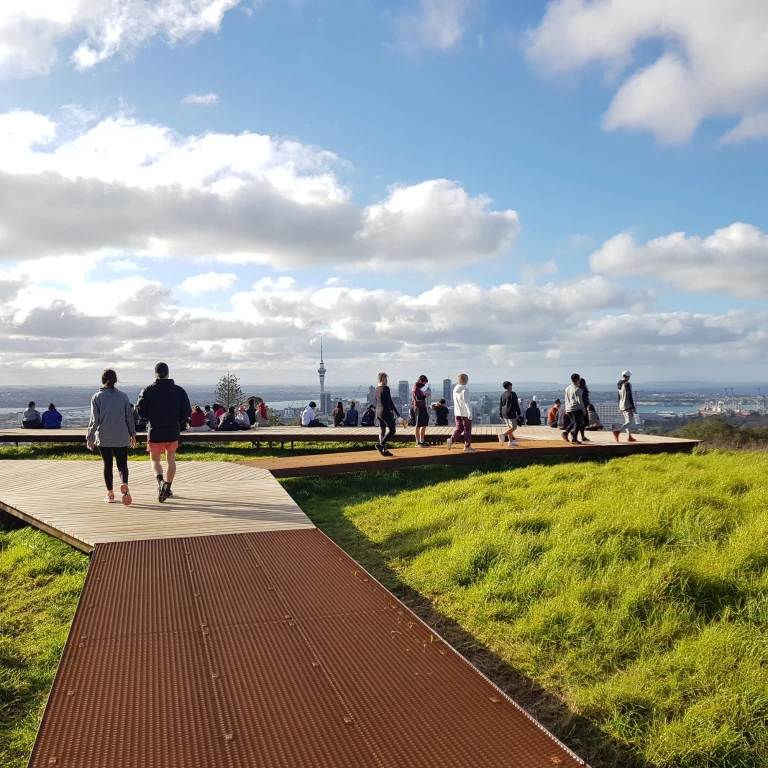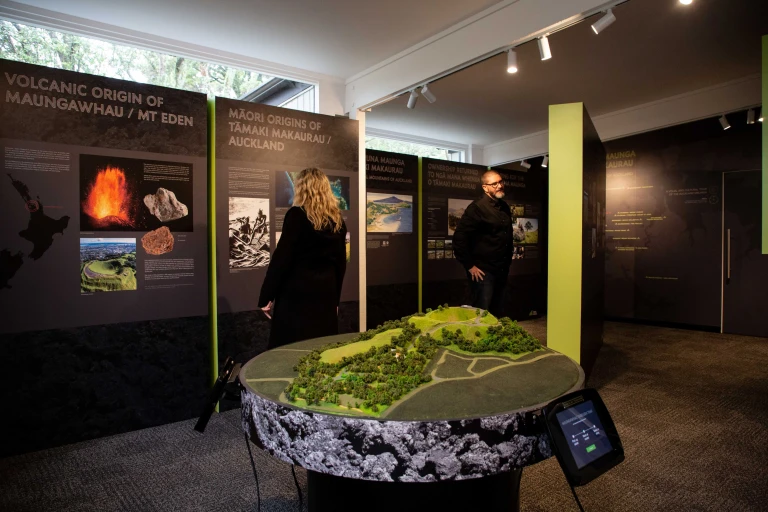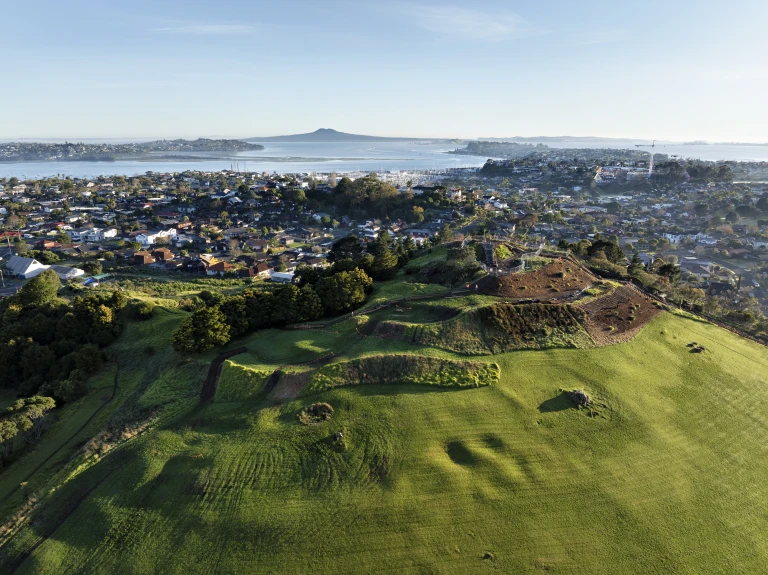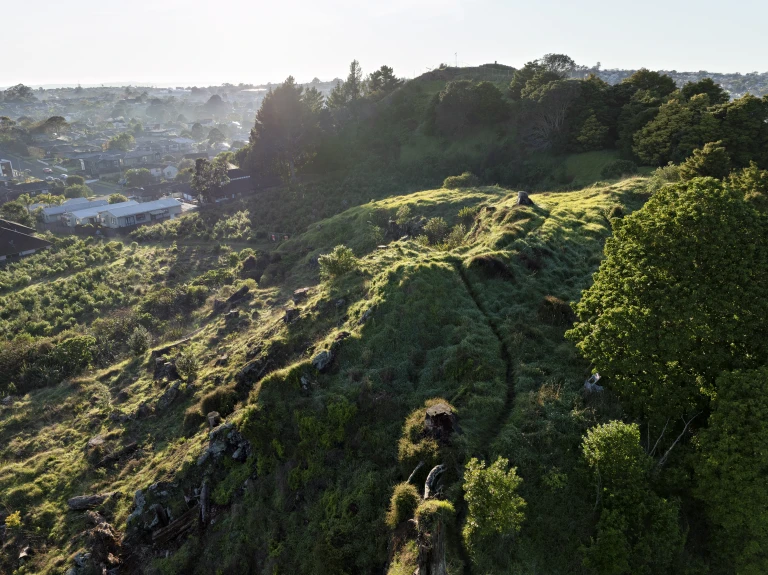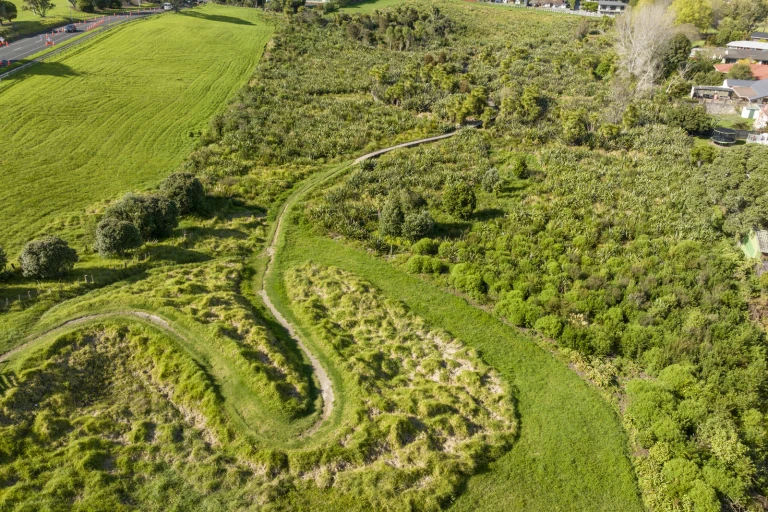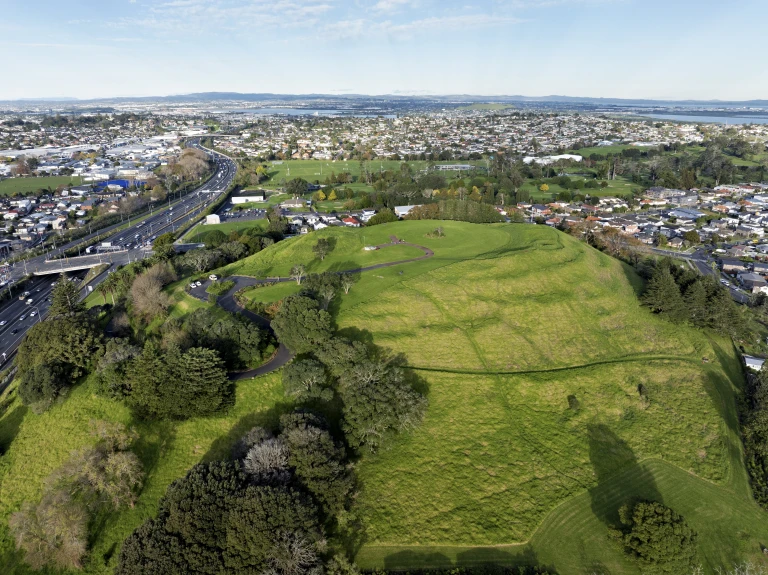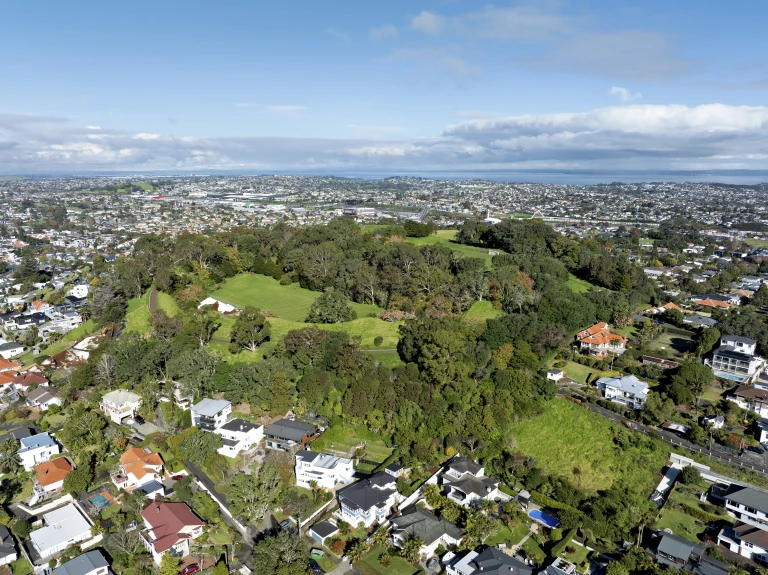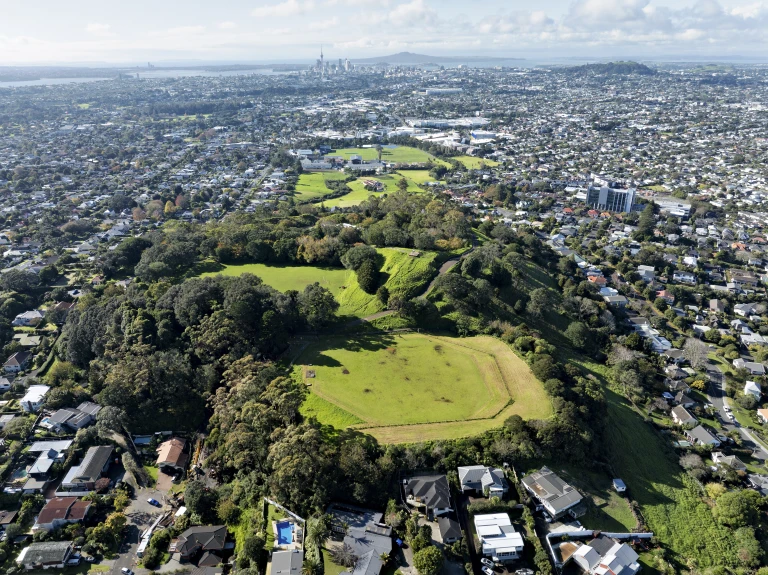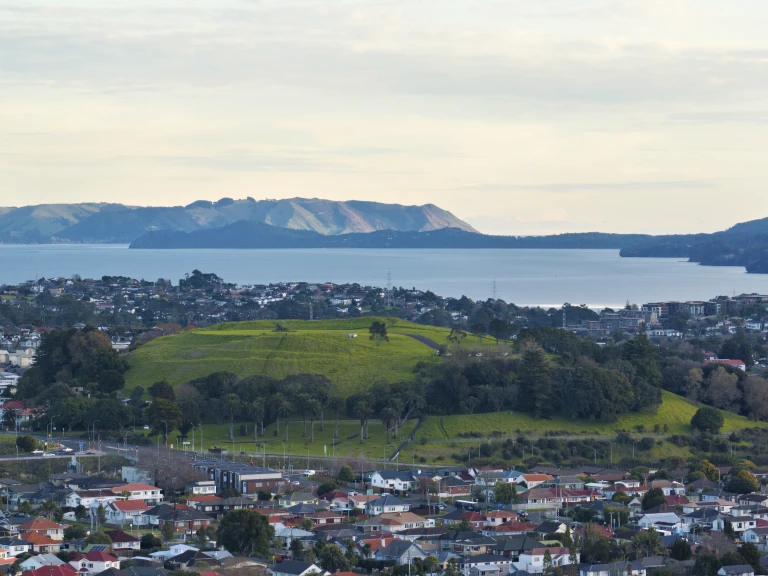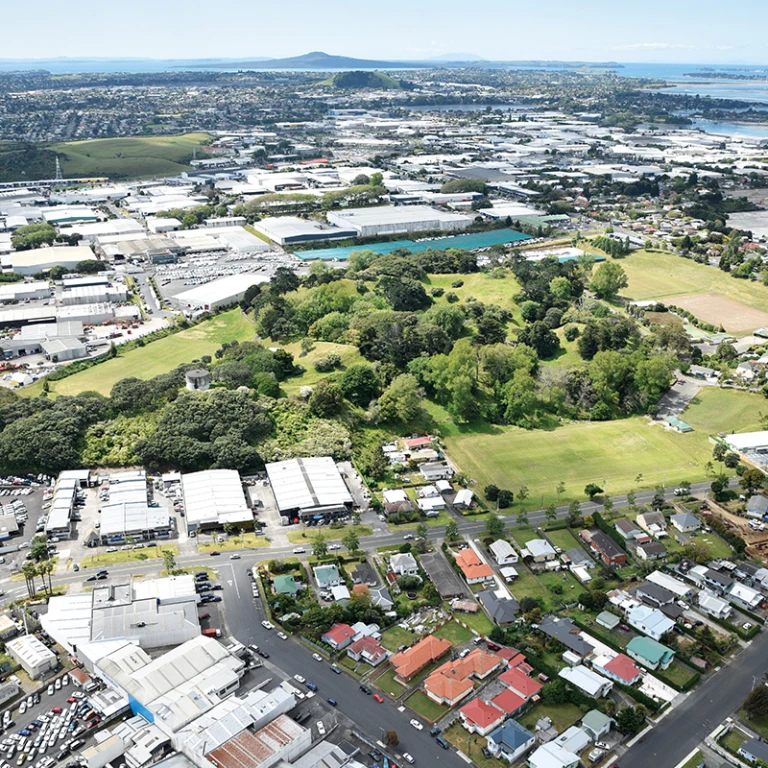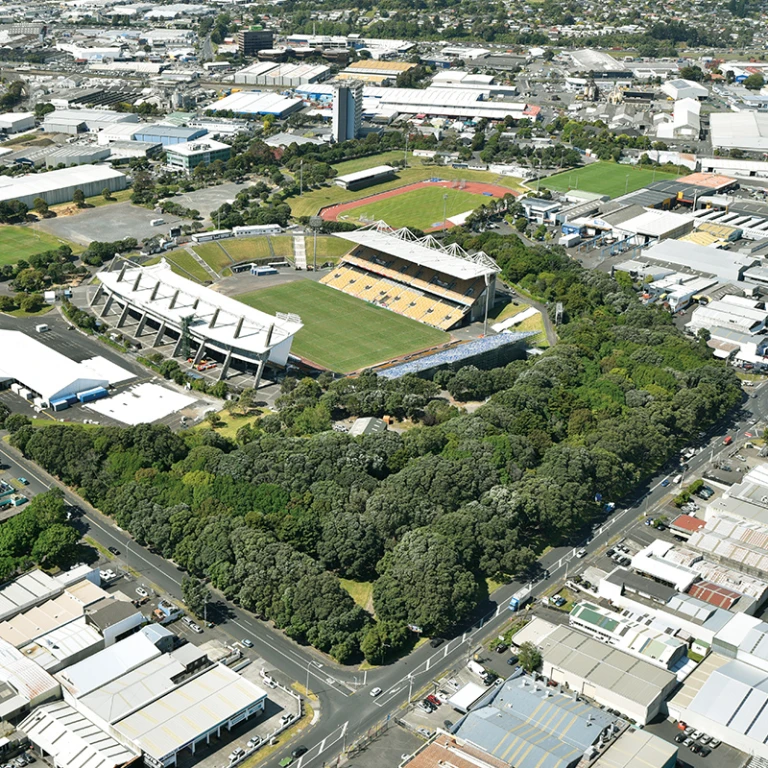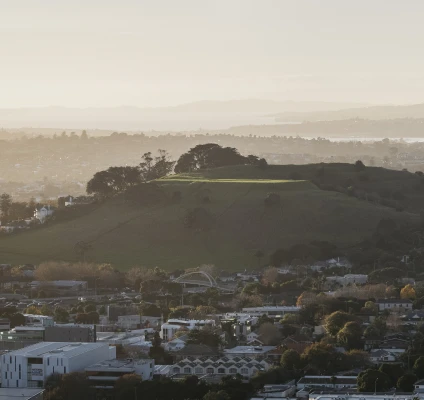
The ancestral mountains of Auckland
SIGNIFICANCE OF THE TŪPUNA MAUNGA
The Tūpuna Maunga (ancestral mountains) / volcanic cones of Tāmaki hold a paramount place in the historical, spiritual, ancestral and cultural identity of the thirteen iwi and hapū of Ngā Mana Whenua o Tāmaki Makaurau (the Māori tribes of Auckland);
Marutūāhu Rōpū
Ngāti Maru, Ngāti Pāoa, Ngāti Tamaterā, Ngāti Whanaunga, Te Patukirikiri
Ngāti Whātua Rōpū
Ngāti Whātua o Kaipara, Ngāti Whātua Ōrākei, Te Rūnanga o Ngāti Whātua
Waiohua Tāmaki Rōpū
Ngāi Tai ki Tāmaki, Ngāti Tamaoho, Ngāti Te Ata, Te Ākitai Waiohua, Te Kawerau ā Maki
The Maunga are at the heart of Auckland's identity and represent a celebration of our Māori identity as the city's point of difference in the world.
While visitors may know of the historical settlement of the Tūpuna Maunga by Māori, or recognise the terraced areas and other archaeological features, the immense cultural significance of these treasured places is often not fully realised.
Mana Whenua's relationships with the Tūpuna Maunga express unbroken, living connections across time, underpinned by the Polynesian ethos that the physical, spiritual and human worlds are intrinsically linked.
HISTORY
Human occupation of Tāmaki Makaurau / Auckland goes back roughly 1,000 years, when the arrival of ocean-going waka (canoes) from the Pacific brought people who settled along the shores of the Manukau and Waitematā Harbours.
These voyagers had discovered the last temperate landmass on Earth to be settled by humans. The migrations from the Pacific Islands were the final iteration of over 3,000 years of Polynesian maritime voyage to, and adaptation of, hundreds of islands.
Over time, Māori society developed in Aotearoa and Tāmaki Makaurau emerged as a singular centre.
The prominent volcanic cones presented ideal locations for the development of defendable pā (fortified village settlements). Tūāpapa (terraces) on the Maunga slopes provided surfaces for whare (houses), kāuta (cooking shelters) and rua (roofed storage pits). Deep trenches were dug and fences erected above them to protect the tihi (summit) which was considered the most sacred part of the Maunga. Below, the pā were supported by expansive areas of volcanic soils suitable for agriculture.
Combined with a highly strategic maritime location, this made Tāmaki Makaurau an unparalleled centre of Māori social organisation and the most active network of complex inter-tribal relationships and connections, transit and trade in Māori society.
The Tūpuna Maunga are revered by Mana Whenua as the creations of Mataaho (the guardian of the Earth's secrets) and Ruaumoko (the god of earthquakes and volcanoes). They were significant areas of settlement, of agriculture, of battles, of marriages, of birth and burial.
The Tūpuna Maunga are places to be honoured, respected and protected for those who have gone before and for the many generations to come.
Historic details of each of the fourteen Tūpuna Maunga through to present day can be read in the individual Maunga pages.
